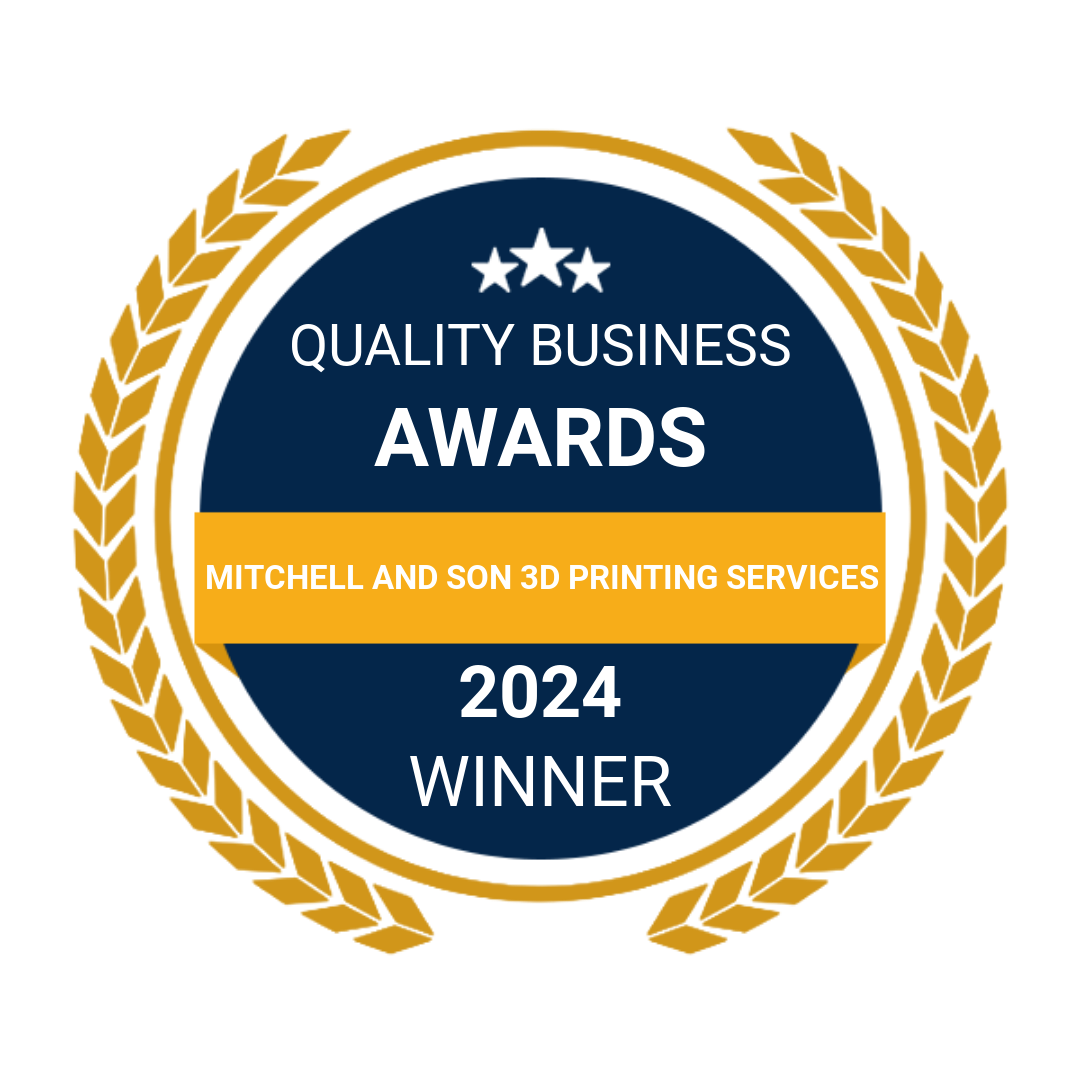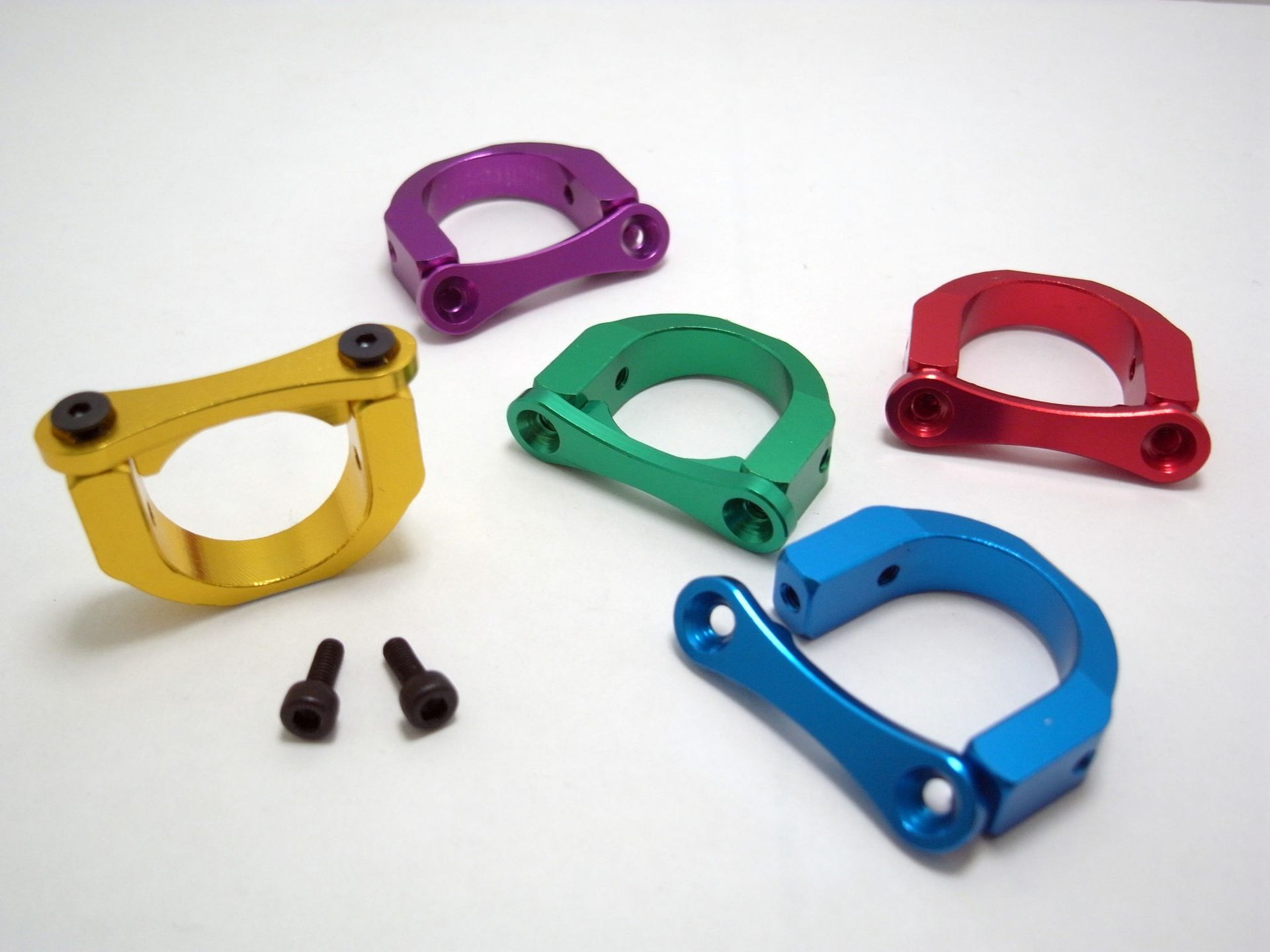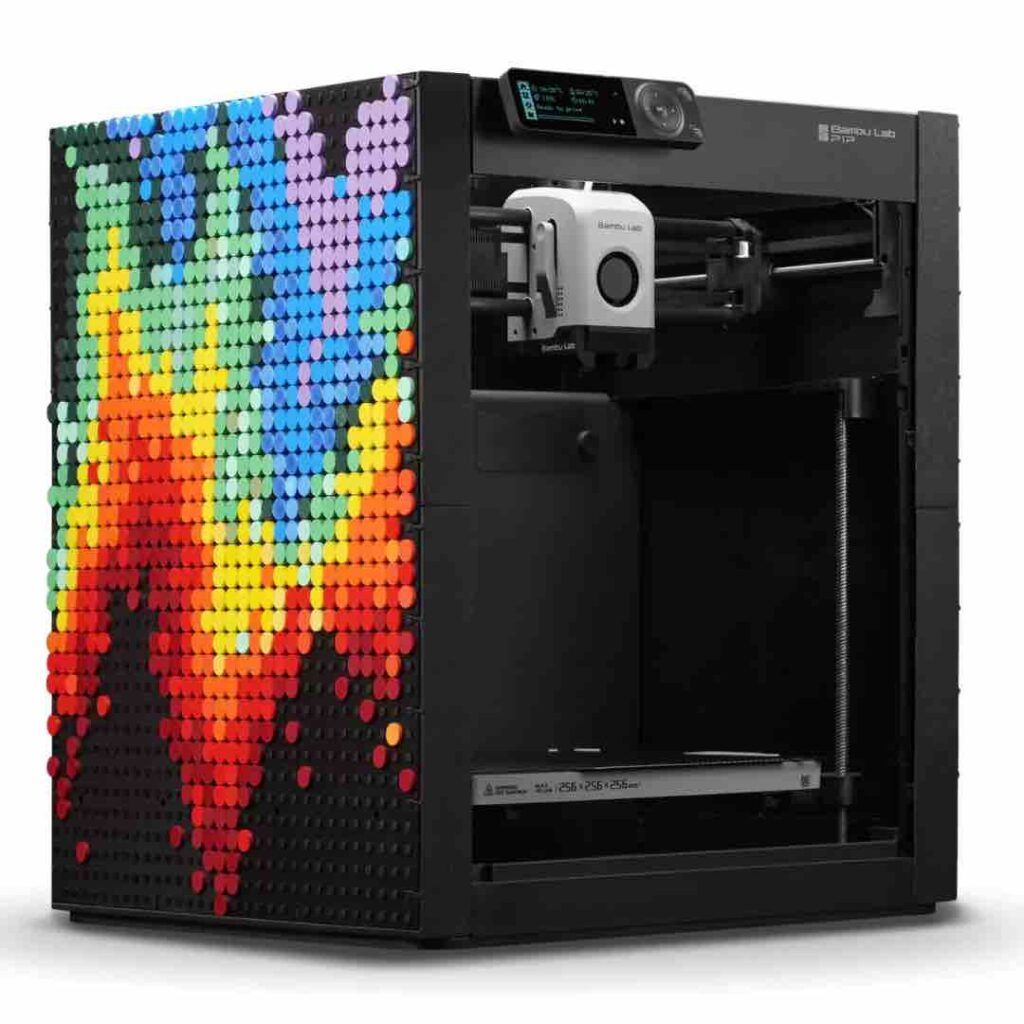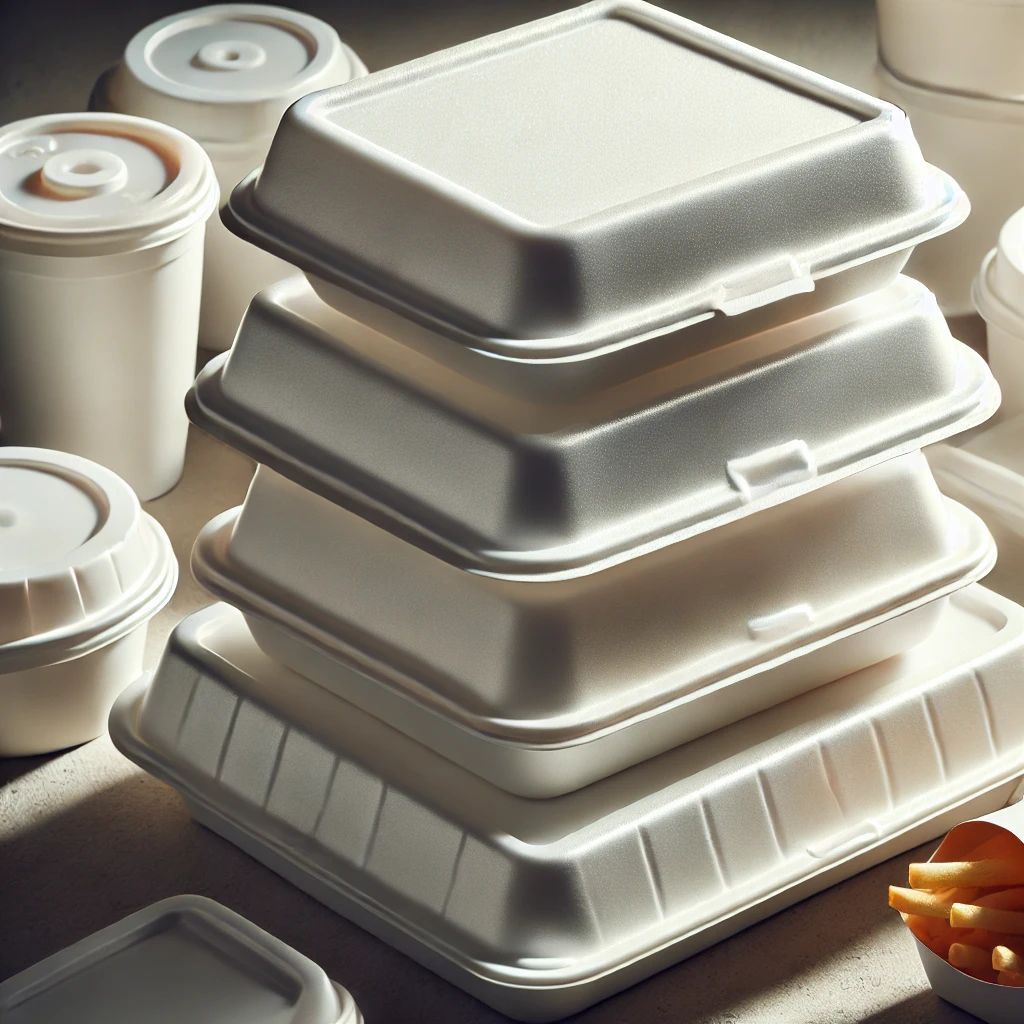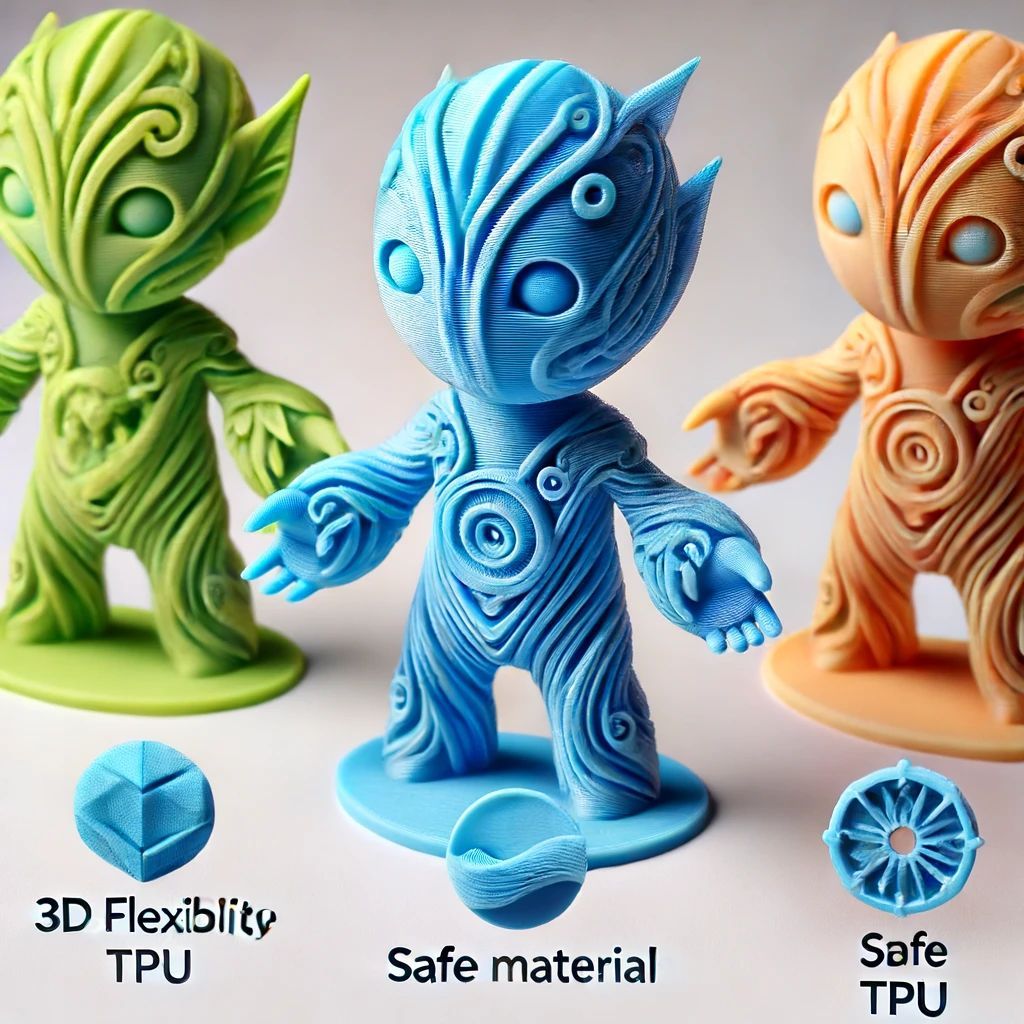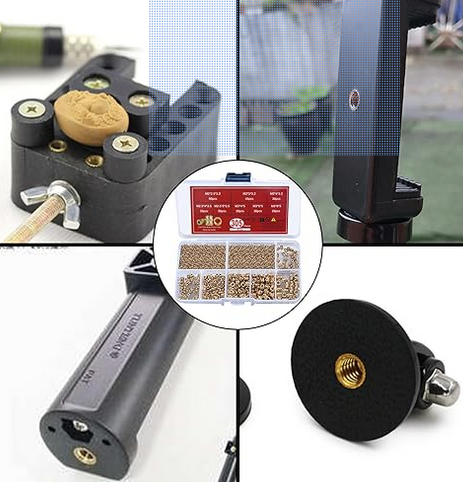What are the best setting when printing ABS Plastic
Best settings for printing ABS Plastic
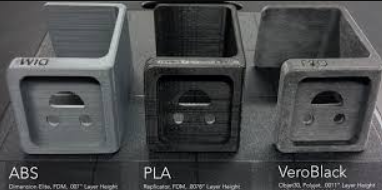
ABS (Acrylonitrile Butadiene Styrene) is a popular material for 3D printing because of its durability, strength, and high-temperature resistance.
However, printing ABS can be a bit challenging due to its tendency to warp and crack during the printing process. In this guide, we’ll go over the best settings for printing ABS .
First, let's start with the printing temperature. ABS is best printed at a temperature range of 230-250°C. We recommend starting with a temperature of 240°C and adjusting up or down as needed.
It's important to note that different brands of ABS may have slightly different temperature requirements, so it's best to refer to the manufacturer's recommendations.
Next, let's talk about the build plate temperature. ABS requires a higher build plate temperature than other materials because it tends to warp as it cools. We recommend setting the build plate temperature to 90°C.
This will ensure that the first layer of the print sticks properly to the build plate.
Another important setting to consider is the print speed.
ABS should be printed at a slower speed than other materials to minimize warping and cracking. We recommend setting the print speed to 30mm/s or less.
In addition to print speed, it's also important to adjust the cooling settings.
ABS does not require cooling during the printing process, so we recommend turning off the cooling fan entirely.
This will prevent the ABS from cooling too quickly and minimize warping.
Finally, let's talk about the bed adhesion.
ABS tends to stick well to a build surface that has been prepared with an adhesive such as Kapton tape or ABS slurry. We recommend using a thin layer of ABS slurry on the build plate to ensure good adhesion.
In summary, here are the recommended settings for printing ABS :
- Extruder temperature: 240°C (adjust as needed)
- Build plate temperature: 90°C
- Print speed: 30mm/s or less
- Cooling fan: off
- Bed adhesion: ABS slurry
By following these settings, you should be able to print ABS successfully.
Remember, it may take some trial and error to get the settings just right, so be patient and persistent. Happy printing!

